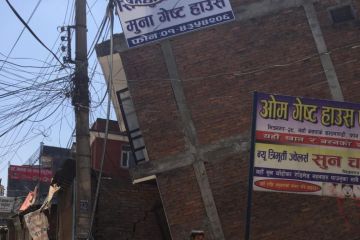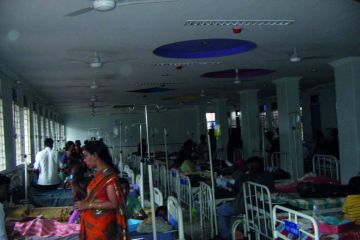
The cradle of life
Sister Premila Joseph is late. She hurries down the passages
of the orphanage she works at in Kadathur, Dharmapuri, footsteps cutting
through the quiet. It’s the middle of May in 2009 and although it’s barely 6
a.m., the stiff, starched folds of her regulation cotton sari are already
wilting in the thick heat.
Premila has had the same routine for the past three years,
and this day, like many other days, is no different. She remembers picking up a
clipb





